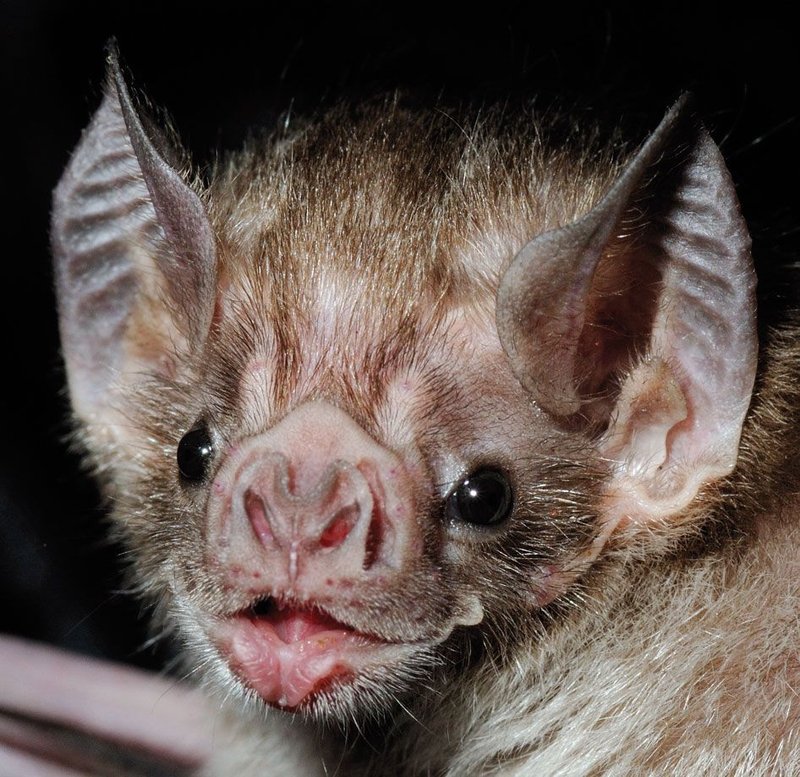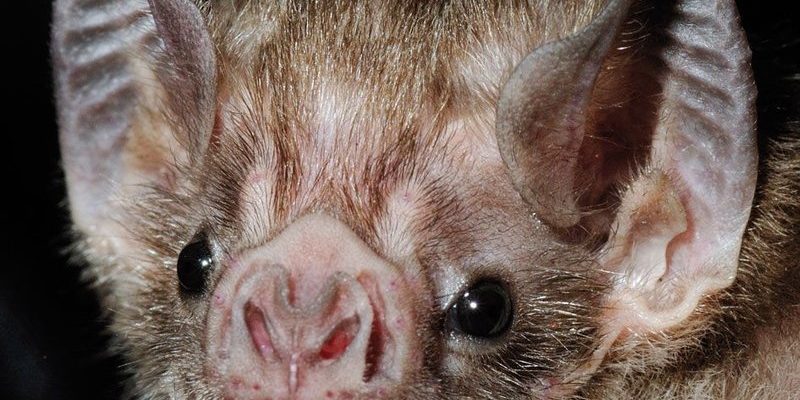
Honestly, vampire bats are often portrayed as villains in stories, but they’re not the monsters we think they are. Instead of lurking in the shadows, they have fascinating behaviors and relationships that support their habitats. Think of them like tiny doctors of nature, helping to keep things in check, even if that means drinking the blood of other animals. Let’s dive into their world and see how these little bats fit into the bigger picture of the environment.
What Are Vampire Bats?
Vampire bats, as the name suggests, are a type of bat known for their unique feeding habits. Unlike their fruit-eating cousins, these bats consume blood, primarily from livestock and other mammals. There are three species of vampire bats: the common vampire bat, the hairy-legged vampire bat, and the white-winged vampire bat. Each has its own preferences for blood sources, making them quite specialized.
These bats are found mainly in Central and South America. They have evolved to be nocturnal, allowing them to navigate in the dark, using echolocation to find their way and locate prey. Their sharp teeth and heat sensors help them identify warm bodies in the dark, making it easier for them to find a meal. You might be wondering how they manage to feed without harming their hosts significantly. It’s true—most of the time, their feeding is subtle and doesn’t cause major harm.
The Ecological Importance of Vampire Bats
Now, let’s get to the heart of the matter: why do vampire bats matter in their ecosystems? First off, they help control animal populations. By feeding on livestock, they help keep the number of larger herbivores in check. This is crucial, especially in areas where overgrazing can lead to habitat destruction. Without natural predation, some species can multiply too quickly, putting pressure on the surrounding environment.
Additionally, vampire bats are involved in the process of nutrient cycling. When they feed, they consume blood, and after digesting it, they excrete waste that can be rich in nutrients. This waste can then help fertilize the soil, supporting plant growth and promoting a healthy habitat for other animals. It’s a natural cycle where everything plays a part, from the bat to the plants.
Vampire Bats and Their Prey
One might think that the relationship between vampire bats and their prey is purely parasitic. However, that’s not the full picture. Many animals that vampire bats feed on, such as livestock, have adapted to tolerate a certain level of blood loss. This can help maintain the health of the animal in some cases, as it encourages natural defenses to kick in.
Some studies suggest that while the host might lose a small amount of blood, the long-term effects may not be as detrimental as we think. In a way, the vampire bat’s feeding behavior can be seen as part of a broader ecological dance, where both predator and prey are necessary for balance.
Of course, this doesn’t mean that the relationship is entirely without consequences. Over time, heavy feeding on a single species could lead to stress for the host, but the diversity in vampire bat feeding habits mitigates that risk.
Vampire Bats and Biodiversity
Biodiversity is crucial for the health of any ecosystem, and vampire bats actually contribute to this. By feeding on a variety of animals, they help maintain a healthy balance among species. If one species becomes too populous, the vampire bat can prevent it from dominating the landscape.
Moreover, the presence of vampire bats can encourage other species to thrive. For example, when vampire bats are in an area, they can help keep herbivore populations varied. This allows different plant species to grow, which in turn supports a broader range of herbivores and, subsequently, carnivores. It’s like a natural web of life, where each strand supports another.
Conservation and Challenges
Despite their ecological importance, vampire bats face several threats. Habitat loss due to deforestation, agriculture, and climate change poses a significant risk to their populations. As their environments shrink, the balance they help create could tip, leading to consequences for the ecosystems they inhabit.
Conservation efforts are crucial to help stabilize bat populations. Initiatives include protecting their habitats and educating farmers about the benefits vampire bats provide. Encouraging coexistence can help alleviate fears about these bats and highlight their role in maintaining ecosystem health.
Cultural Perceptions and Misunderstandings
Cultural attitudes towards vampire bats often cast them in a negative light, which can hinder conservation efforts. Tales of bloodsucking creatures sending chills down spines often overshadow their ecological contributions. People might fear them without understanding the role they play.
It’s helpful to approach these animals with a sense of curiosity rather than fear. Just like any other creature in nature, vampire bats have adapted to their environment and serve a purpose. By fostering a better understanding, we can appreciate them for their contribution to biodiversity and ecosystem health.
In the grand tapestry of nature, every thread is important—even the seemingly villainous ones like the vampire bat. They play a crucial role in keeping ecosystems healthy and balanced, from controlling populations to fertilizing the soil. Next time you hear about these creatures, remember that they’re not just bloodsuckers but essential players in their environments.
So, the next time someone brings up vampire bats, you can share how they help maintain the delicate dance of nature and support biodiversity. These little creatures remind us that even the most misunderstood beings have a place in the world. Understanding their role allows us to appreciate the complex web of life we’re all a part of—no matter how spooky they might seem at first!

